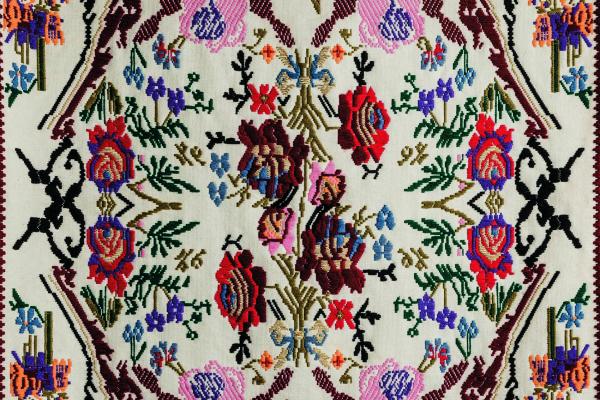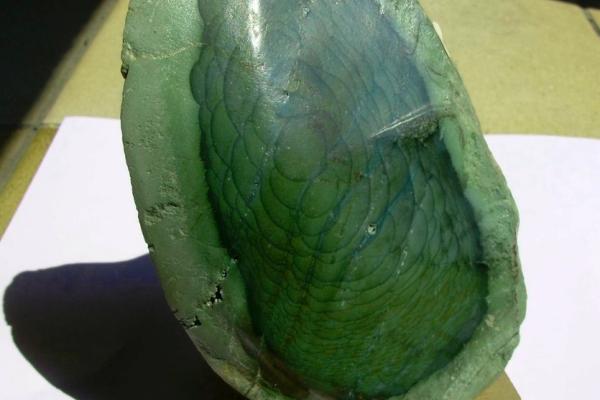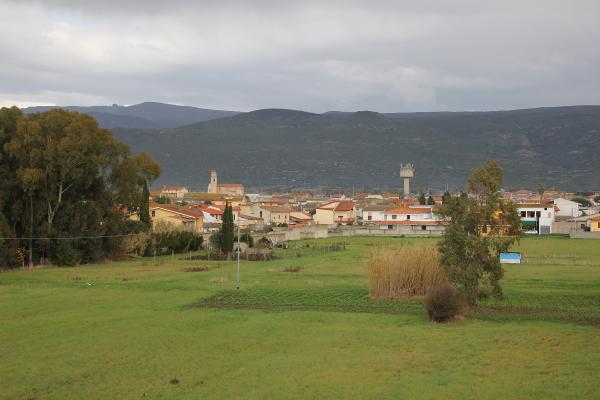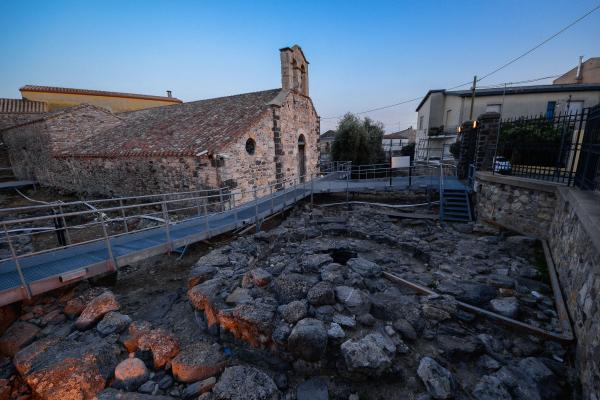An ancestral journey through time, a spectacular setting on the border between Oristano and Medio Campidano and an air of mystery emanated by five thousand years of history embedded in a single place. The archaeological park of Cuccurada is perched on the southern edge of the sa Struvina plateau, surrounded by Mediterranean nature, a few steps from Mogoro, a town famous for textile manufacture and wine production. From up there, where shows and exhibitions are staged alongside the impressive vestiges of the past, there is a captivating view: from the valley of the Mogoro rivulet to the sea of the Costa Verde, through Campidano and the mountains of Arci, Arcuentu and Linas. The vast prehistoric and protohistoric complex is clearly visible from state road SS 131: after turning at the crossroads towards Mogoro (62.5 km), it is just two kilometres away. You can discover it, accompanied by the park guides, whose office contains an information centre and an educational and exhibition room.
The first investigation of the site was conducted by the ‘father’ of Sardinian archaeology, Giovanni Lilliu, in the mid-20th century. It was then unearthed by some twelve excavation campaigns that started in 1994 and are still in progress and which revealed monumental evidence of thousands of years of human presence: a megalithic wall, a gigantic structure with an elliptical layout (Cuccurada A), a nuraghe with a complex and unusual structure (Cuccurada B) - so original that it can be distinguished from all the others - and the remains of Nuragic huts that overlap with a more ancient Eneolithic settlement (second half of the 3rd millennium BC), attributable to Monte Claro culture. The settlement has unique features, above all the overlapping of various cultures: a few sporadic finds are even more ancient, attributed to the culture of San Michele di Ozieri in the Final Neolithic period (3200-2800 BC) and testifying to contact with the village of Puisteris, on the other bank of the Mogoro rivulet.
The nuraghe is a ‘fortress’ based on a primitive ‘corridor-type’ building (or protonuraghe) from the Early and Middle Bronze Ages (20th-14th century BC), that was incorporated in a bastion with four perimeter towers, connected by straight walls, half a millennium later, in the Late Bronze Age (14th-13th century BC). The most imposing is tower D. Inside them, there is a vast courtyard, where entrances to the internal rooms open up. The protonuragic nucleus has a kidney-shaped layout, transverse entrances, a large staircase and two elliptical cells opposite each other, one with a tholos (false dome) roof still intact. The polylobed bastion is strengthened by strong masonry restoration.
The excavations of the central courtyard have revealed a unique element in the Nuragic world, i.e. huts constructed inside the walls, built at the same time as those outside, perhaps dating back to the Final Bronze Age, but built on previous structures with ashlars fallen from the glacises of the nuraghe. Near the complex, on the extreme southern slope of the plateau, you will see a pre-Nuragic structure with an elliptical layout, which has a narrow architraved entrance. Furthermore, the entire settlement was ‘protected’ by a strong megalithic wall, built to the south-west of the dwellings, which dates back to the end of the 3rd millennium BC and about eight metres of which still remain, almost three metres high.
The numerous finds unearthed during the excavations document life in the Nuragic complex between the Middle and Late Bronze Ages with sporadic human presence up until the beginning of the Iron Age (8th century BC). Part of the materials are kept in the Archaeological Museum of Cagliari, part will be kept in the seventeenth-century Convent of Carmine in Mogoro, where an archaeological museum is being set up: you can admire ceramics (bowls, dishes and pans), stone artefacts testifying to agricultural and hunting activities and whorls attesting to spinning. The most unusual find is a small ornamental bronze ‘button’, depicting a dynamic hunting scene.
After its partial destruction, the site was reused in historical times, probably intended for pagan, Christian and Jewish worship, as demonstrated by a storage space dating back to the late Roman period, inside which bone pins were found, along with numerous skulls of sacrificed animals, coins, Christian oil lamps and others with Jewish symbols, as well as a votive offering from the 4th century AD.


















